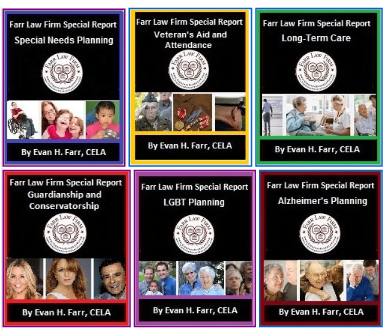New Models of Support for Aging in Place
Published: Tue, 08/25/15
 |
New Models of Support for Aging in PlaceIf you cannot view the image below, please read the article on our blog. Most American seniors choose to live independently as long as possible, while maintaining strong relationships with family and friends. A major concern, however, is access to the support and services they need. There is a growing sense of urgency about this, as more of us are determined to remain as independent as possible throughout our lives. With strong community support services, a senior who loses his or her ability to perform certain tasks can remain in his or her home. However, for a senior to age-in-place comfortably, the following is also ideal: 1) affordable and accessible housing, 2) convenient transportation, 3) work, education, and volunteer opportunities, 4) access to health and support services, 5) participation in civic and cultural activities, and 6) intergenerational connections. When communities rise to effectively address these challenges, they become more livable and welcoming for people of all ages, across the life cycle. Certain community support models are designed to meet the need of seniors who are aging-in-place. These can include: Naturally Occurring Retirement Communities (NORCs) The term NORC — coined in 1984 by Michael Hunt, a professor of urban planning at the University of Wisconsin–Madison — denotes any geographically defined community in which at least 40% of the population is 60 or older and live in their own homes. NORCs can take many forms, such as vibrant communities that encourage seniors to stay engaged.
Read more about NORCs (or Senior Villages) in the DC Metro Area here. Fraternal and Religious Organizations For many years, fraternal and religious organizations such as the Masons, churches of all denominations, synagogues, etc., have been giving back to their communities and to their own members.
“If you can’t get these things done, you run the risk of falls, of depression, of not eating well,” says CEO Tom Stofac. “Those kinds of issues start to escalate, and seniors may end up in the hospital because they’re malnourished. What we haven’t done a good job of in the aging field is to look upstream at these little things. That’s what I’m finding is really helpful.” Learn more about Masonic senior care here. Grand-Aides A home care model that is spreading globally is called Grand-Aides, which now operates at 20 sites in the U.S. Grand-Aides provide an innovative health care delivery program with caring, experienced nurse extenders making home visits to develop a trusting relationship, and connecting the patient and care team quickly and cost-effectively. Please see short video for more information on Grand-Aides.
“Everybody is pushing towards trying to manage patients with ‘apps,’” says Garson. “It turns out that some people just need people.” Technology-Based Living Engineers and health experts are developing new ways to keep people in their homes longer. Current technology includes sensors, tracking devices for sleep, medication reminders, mobile doctors, and more. Unfortunately, many seniors are resistant to adopting new technology that can help them age-in-place safely. Please see our recent article on this topic for details on helping seniors overcome their reluctance to trying new age-in-place technology. This week, AARP announced the launch of its AARP TEK Academy, a free, easy-to-use online classroom designed to help 50-plus Americans get the most out of technology to connect with family and friends, explore employment opportunities, access health information, enjoy entertainment, and more. Located at AARPTEK.org, the site offers dozens of tutorials on a range of helpful topics, from social media to staying safe online. When Aging-in-Place is no Longer an Option Most people want to stay in their home for as long as possible, but even with the aging-in-place supports described above, they can't. If you or a loved one cannot live independently and are showing signs that living alone is a strain, it may be time to consider other alternatives. Whether the outcome is in-home care, assisted living, or nursing home care in the future, it is always wise to plan ahead. Life Care Planning and Medicaid Asset Protection is the process of protecting assets from having to be spent down in connection with entry into assisted living or nursing home care, while also helping ensure that you and your loved ones get the best possible care and maintain the highest possible quality of life, whether at home, in an assisted living facility, or in a nursing home. Please contact The Law Firm of Evan H. Farr, P.C. as soon as possible to make an appointment for a no-cost consultation: Fairfax Medicaid Asset Protection Attorney: 703-691-1888 |
|
||
|
This email was sent to
.
|










